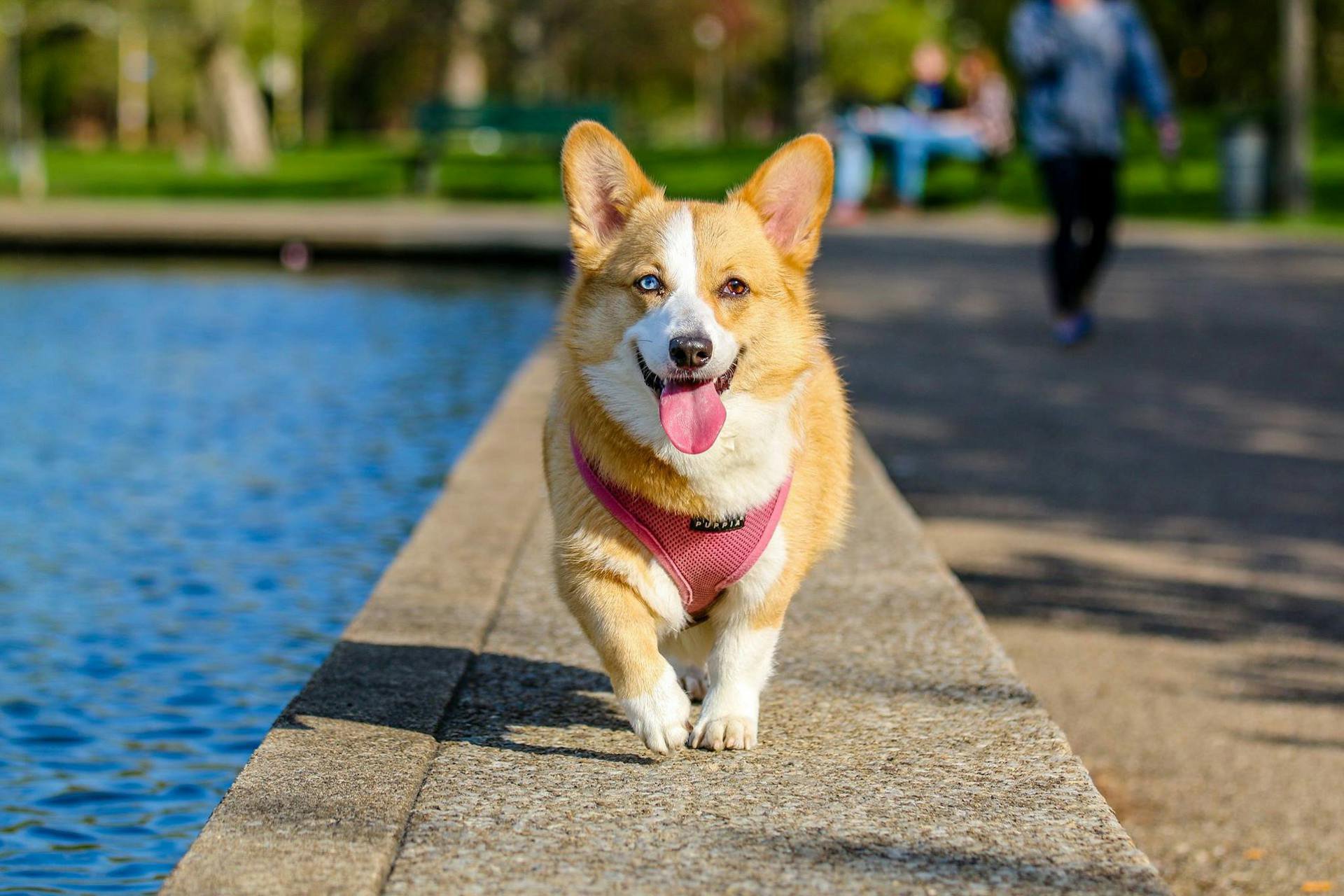Dogs, just like humans, can experience anxiety. Whether it’s from loud noises, separation from their owners, or unfamiliar environments, anxiety can significantly impact your dog’s well-being. Understanding and managing your dog’s anxiety is crucial for their happiness and health. This guide will help you recognize signs of anxiety, understand its causes, and provide actionable tips to help your furry friend.
Recognizing the Signs of Dog Anxiety
Knowing what anxiety looks like in dogs is the first step to addressing it. Some obvious signs include:
- Excessive barking or howling
- Destructive behavior, like chewing on furniture
- House soiling despite being housetrained
- Other less apparent signs may include:
- Pacing and restlessness
- Panting and drooling
- Continuous licking or scratching
By recognizing these signs early, you can take steps to alleviate your dog’s anxiety before it becomes a more serious issue.
Common Causes of Dog Anxiety
Understanding what triggers your dog’s anxiety can help you manage it better. Some common causes include:
- Separation Anxiety: Dogs are social animals and can become anxious when left alone for long periods.
- Loud Noises: Thunderstorms, fireworks, and even household noises like vacuum cleaners can trigger anxiety.
- Changes in Environment: Moving to a new home, changes in routine, or introducing new pets can unsettle your dog.
Identifying the cause can make it easier to find an effective solution.
The Importance of Routine
Dogs thrive on routine. Keeping a consistent schedule for feeding, walks, and bedtime can help reduce anxiety. This predictability makes them feel secure and less anxious.
Creating a Safe Space
A designated safe space can help your dog feel more secure. This could be a quiet room or a cozy crate where they can retreat when feeling overwhelmed. Make sure this space is always accessible and filled with comforting items like their favorite toys and blankets.
Gradual Exposure to Triggers
Gradual exposure to anxiety triggers can help desensitize your dog. For example, if your dog is anxious about loud noises, you can play recordings of those noises at a low volume, gradually increasing it over time.
Get Them Oil with Calming Effects
One effective method to manage dog anxiety is using calming oils. This type of oil calms stressed & anxious dogs reduces excessive barking and destructive behavior, and encourages a healthy immune system & longevity, as seen on paworigins.com. Including such natural remedies in your dog’s routine can make a significant difference.
Interactive Toys and Puzzles
Keeping your dog mentally stimulated can divert their attention from anxiety triggers. Interactive toys and puzzles are excellent for this purpose. They provide mental exercise and keep your dog engaged, reducing anxiety levels.
Professional Training
Sometimes, professional help is needed. A certified dog trainer can offer specialized techniques to manage your dog’s anxiety. Training can include desensitization exercises and positive reinforcement strategies.
Veterinary Consultation
If your dog’s anxiety is severe, consulting a veterinarian is crucial. They can rule out any underlying medical issues and may prescribe medication to help manage anxiety.
Herbal Supplements
Herbal supplements can also play a role in managing dog anxiety. Ingredients like chamomile and valerian root are known for their calming effects. Always consult your vet before introducing any new supplements.
Regular Exercise
Regular physical activity is essential for a dog’s overall well-being. Exercise helps reduce stress and anxiety by releasing endorphins. Consistent walks, playtime, and agility exercises can significantly improve your dog’s mental health.
Socialization
Socializing your dog with other dogs and people can reduce anxiety. Try to expose them to different environments and situations gradually. Socialization helps build their confidence and reduces fear-related anxiety.
Monitoring Progress
Keep a close eye on your dog’s behavior and note any changes on a regular basis. This can involve maintaining a journal where you record instances of anxiety, potential triggers, and the effectiveness of different interventions. Tracking patterns over time can help you identify which strategies are most beneficial for managing your dog’s anxiety. Regularly updating your vet or trainer on your dog’s progress can lead to more tailored and effective management strategies. Share videos or detailed notes with professionals to get more accurate advice. Engaging in regular check-ins allows you to tweak your approach as needed, ensuring it remains effective. Additionally, celebrating small victories and improvements can help keep you motivated and focused on your dog’s journey toward reduced anxiety and better mental health.
Managing your dog’s anxiety requires patience, understanding, and a multi-faceted approach. From recognizing signs and understanding causes to implementing various management techniques, each step is crucial for your dog’s well-being. Products like calming oils, consistent routines, and professional training can make a significant difference. By taking these steps, you’re not just managing anxiety but also ensuring a happier, healthier life for your beloved pet.







